Property in St Kitts
Affordable, untouched and yet—now—accessible, St Kitts is about to become the new must-have Caribbean holiday home destination. Get in now, advises Arabella Youens


For many of the passengers travelling on the Virgin Atlantic flight VS29 from London to Barbados on January 21, it came as rather a surprise that they were going to make an unscheduled pit stop on the island of St Kitts, some 360 miles north of Bridgetown, to offload England’s cricket team. Latterly, it emerged that the deviation was the result of some skilful negotiations on the part of Ricky Skerritt, the Minister of Tourism in St Kitts, who, having managed the West Indian team, was well aware of the PR coup of hosting England’s finest, even for just a few days, on his relatively little-known island.
That obscurity at least from a British point of view is about to change with British Airways’ latest direct route to the Caribbean sun, just two months old as this magazine goes to press. It’s currently the only direct route to St Kitts from the UK, but Richard Branson’s fleet of red-tipped jumbos is rumoured to be making the pit stop more of a regular affair, and others are expected to follow suit.
Direct ‘airlift’, to use the industry term, is vitally important to opening up new markets in the Caribbean especially as the local ‘puddlehopper’, LIAT (to the cognoscenti this stands, variously, for ‘Leaves Islands Any Time’ or ‘Luggage In Another Terminal’), has recently increased its ticket prices and done little in exchange for travellers’ confidence in its punctuality.
That St Kitts isn’t better known to the British traveller comes as a surprise when you discover that it was the ‘mother colony’: the first of our territories in the Caribbean. The island formed a base from which the British and French then set about settling in neighbouring islands. With good, fertile soil and plenty of natural water, it launched many a successful planter’s career, and it was once of the biggest sugar-producers in the Caribbean.
That reign came to an end in 2005, when the Government officially surrendered sugar production under pressure from the IMF. Having repossessed most of the sugar plantations in the 1960s when the island still functioned in a largely feudal environment it failed to ensure production could keep up with the likes of Brazil, and thus the industry foundered. Today, the lush, northern part of the island is still patchworked in sugar-cane fields, which stand abandoned.
Some hope that, as the rise in interest of self-sufficiency and locally sourced food continues, the land will once again be used for agricultural purposes, but in the meantime, the Government has turned its attentions to tourism. Although St Kitts’ twin island of Nevis, which lies to the south and has an even more laid-back vibe, has long been favoured by the beautiful and affluent after it was discovered by American fashionistas in the 1960s, St Kitts only really registered on the mainstream tourist radar when the Marriott opened its sprawling complex on the beach at Frigate Bay in 2004.
It occupies a site next to the Royal St Kitts golf course one of only two where you can play both on the Caribbean and Atlantic seaboards and, according to Brian Kassab, a local estate agent, is responsible for kick-starting interest in the local property market. ‘Business really changed with the Marriott, as it constantly brings people to the island.
Sign up for the Country Life Newsletter
Exquisite houses, the beauty of Nature, and how to get the most from your life, straight to your inbox.
Even in today’s climate, interest is coming from cash buyers who are looking to invest or retire here. The problem is supply there is very little for sale.’ A London-based developer is taking advantage of the increased interest and limited stock availability by introducing two new projects to the market: one on Nevis and one in St Kitts. The latter is Ocean’s Edge, a development of villas and apartments on 40 acres of hillside overlooking the crescent beach of Cable Bay below.
Importantly, these residences qualify for the ‘Citizenship by Investment’ programme, which means that buyers can have Kittitian passports (which qualify under the Schengen Agreement) and tax advantages, including no income or inheritance tax. ‘We’ve had interest from Russian buyers as a result,’ explains director of developments Alex Philips, ‘and phase one of the project is already sold out.’
Those buying one of the villa plots, which are perched high above the beach, with panoramic views of the bay and over towards the Caribbean Sea, can use on-site architects or their own, providing plans are approved centrally. The plots have attracted attention from those approaching retirement in a few years’ time, when they’ll be ready to occupy. The two-bedroom, two-bathroom hillside apartments, complete with their own plunge pools, start at $575,000 very affordable when compared to similar products on other Caribbean islands.
‘Ocean’s Edge is setting a new benchmark in terms of value for money,’ continues Mr Philips. ‘People are on site in some cases already, and the potential rental market is strong.’ The island is home to two American universities, so student accommodation is much sought-after, but even apart from that, a twobedroom house in Frigate Bay will still command long-term rents of $800–$1,000 per month. Because of the finishes at Ocean’s Edge, including solar panels to service all the hot-water requirements, rental yields are expected to be even higher. ‘We’re short of land here,’ says Ricky Pereira of St Kitts Realty.
‘Ocean’s Edge is the only development online at the moment, and we have a waiting list for anything that becomes available.’ Mr Pereira cites the success of another residential project, Calypso Bay, which launched in 2001, and where resale prices have seen original investments quadruple in the ensuing eight years. ‘Aside from Turtle Beach [an upscale residential area where plantation-style houses command $2.5 million], there are only a handful of homes, and prices are high. Alternatively, there are a few former plantation houses that are restoration projects. You can pick one up for about $850,000, but it’s a labour of love.’ Beyond Ocean’s Edge, there’s another development in the pipeline that is likely to establish St Kitts as a Caribbean ‘It’ island to rival neighbouring St Barths.
The arid southern peninsula has long stood wild and empty: it failed to lure the planters to its shores on account of its soil. A Tarmac road was only furrowed south of Frigate Bay in the late 1980s, and today, the area is occupied by hundreds of wild goats. However, digging has just begun on the Christophe Harbour project, an ambitious plan to build a Tom Fazio golf course, a superyacht marina to rival anything in neighbouring St Martin and St Barths, plus villas and residences where starting prices are rumoured to be in the region of $1 million per bedroom, not to mention a Mandarin Oriental hotel. There will be six beaches along its 13 miles of shoreline.
Locals believe that all of this will help the island move deftly from a charming, but slightly sleepy, outpost to an upmarket destination. ‘St Kitts is on the yachting “flight path” geographically, so once the marina is up and running, there’ll be no need to divert to Antigua on the way down from St Martin to Barbados,’ believes Yorkshire-born Kate Spencer, who has resided in St Kitts since 1978. She lives with her husband, Philip, a classic-yacht designer, and their Weimaraner in a plantation house on the north of the island. Christophe Harbour and the ensuing glamour will be some time coming, but, for affordable and easily accessible access to the Caribbean sun, the message is: go now.
-
 'The watch is Head Boy of men’s accessorising': Ginnie Chadwyck-Healey and Tom Chamberlin's Summer Season style secrets
'The watch is Head Boy of men’s accessorising': Ginnie Chadwyck-Healey and Tom Chamberlin's Summer Season style secretsWhen it comes to dressing for the Season, accessories will transform an outfit. Ginnie Chadwyck-Healey and Tom Chamberlin, both stylish summer-party veterans, offer some sage advice.
By Country Life Published
-
 Lewis Hamilton, Claude Monet and the Four Horsemen of the Apocalypse: Country Life Quiz of the Day, April 29, 2025
Lewis Hamilton, Claude Monet and the Four Horsemen of the Apocalypse: Country Life Quiz of the Day, April 29, 2025Tuesday's Quiz of the Day looks back at Lewis Hamilton's first win and ponders on the meaning of greige.
By Toby Keel Published
-
 What to expect when you're expecting (to move to the countryside)
What to expect when you're expecting (to move to the countryside)On March 28, agents Michael Graham will be showcasing some of their best countryside properties at their west London office.
By James Fisher Published
-
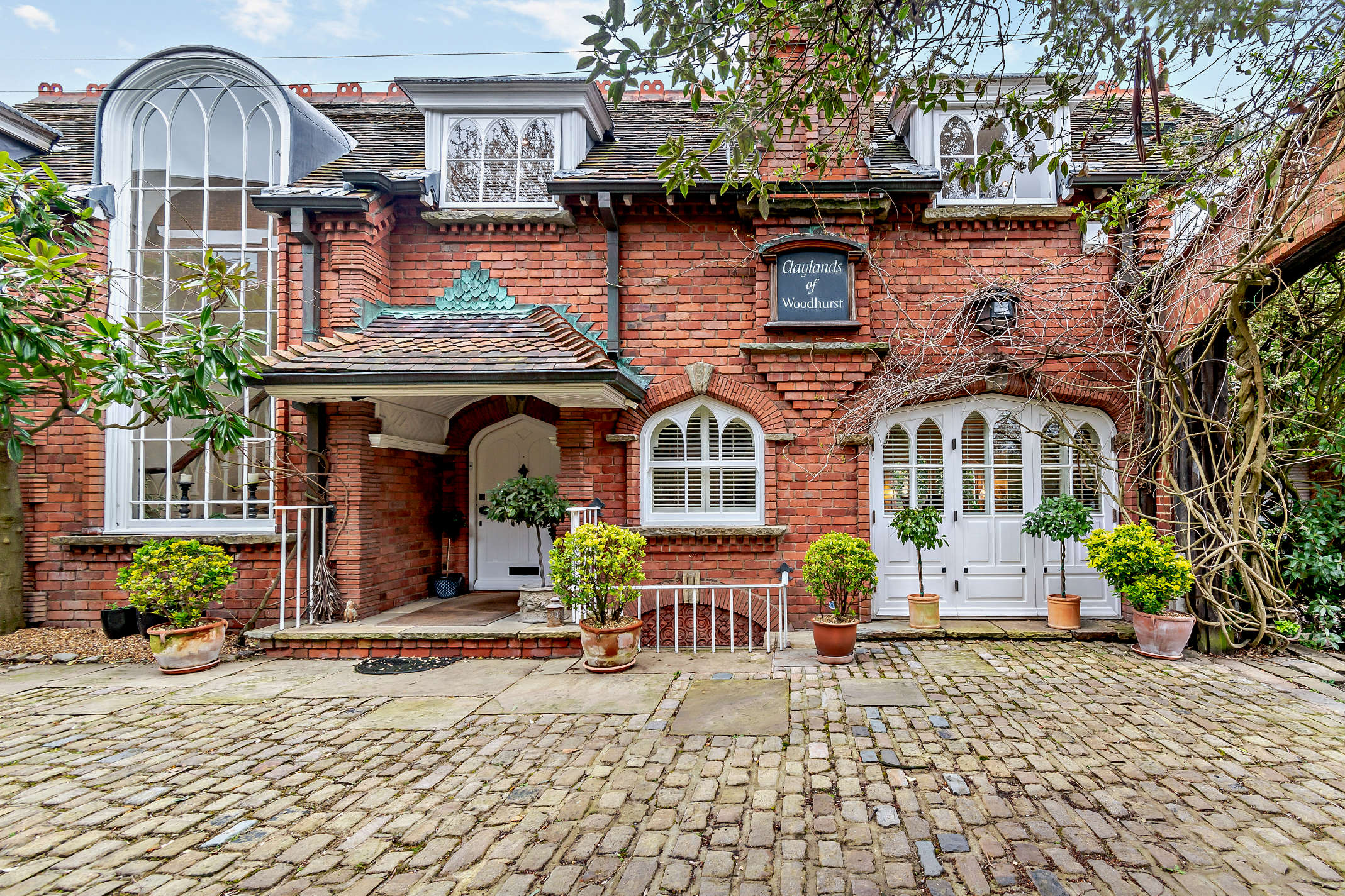 Property Talk: When is the right time to downsize?
Property Talk: When is the right time to downsize?Sometimes our homes can get too big for us, meaning it’s time to downsize. Here, we speak to those involved with the process.
By James Fisher Published
-
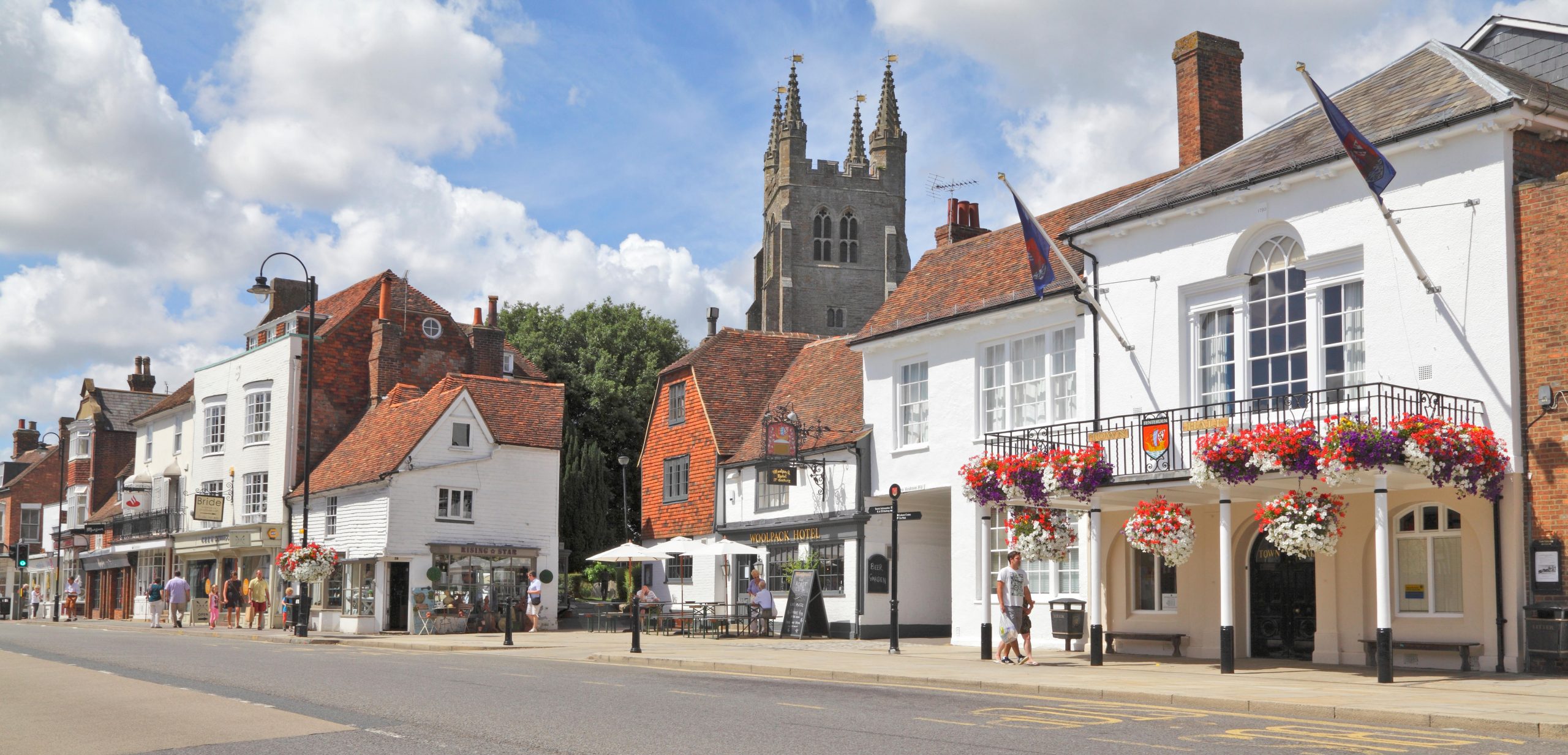 How to win in the property market: Tips from some of Britain's best buying agents
How to win in the property market: Tips from some of Britain's best buying agentsWhether looking for the perfect family home or negotiating on price, buying agents do the heavy lifting–and are well used to analysing the market. Carla Passino gets advice from a few of the best.
By Carla Passino Published
-
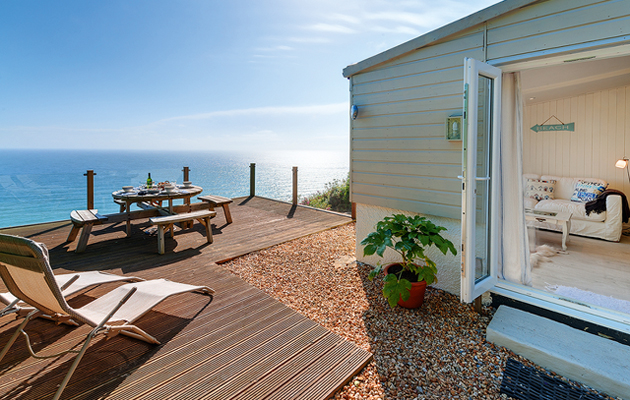 Top tips on renting your holiday home
Top tips on renting your holiday homeThe holiday-home market on the Cornish coast looks set for a lively summer. Arabella Youens finds out how to make the running costs bearable.
By Arabella Youens Published
-
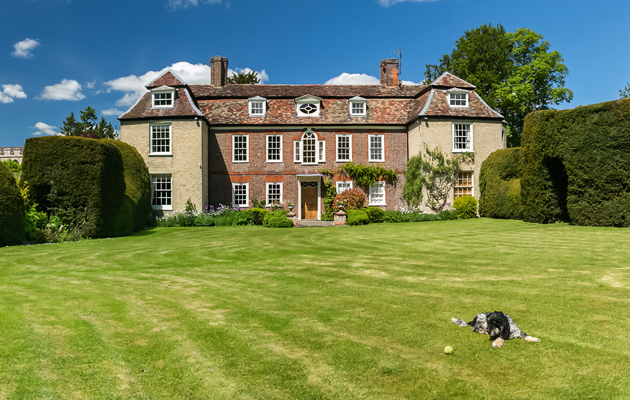 Tips and advice for holiday home owners
Tips and advice for holiday home ownersWith the start of the summer season nearly upon us, more and more country-house owners are dipping into the short-let scene.
By Country Life Published
-
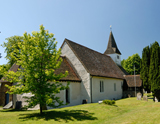 Property guide to Elstead
Property guide to ElsteadFreddie Mack shares the secrets of Elstead in Surrey, a prime spot for young families looking for properties outside London near good schools
By Country Life Published
-
 Property guide to Cheriton
Property guide to CheritonIf you're considering buying property in or around Cheriton this year, take a look at our property guide which covers where to buy, what prices to expect and where to have fun in the area
By Country Life Published
-
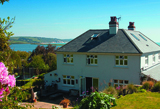 Make your holiday let work for you
Make your holiday let work for youIf you're considering renting out your holiday property prepare by reading this first
By Country Life Published
